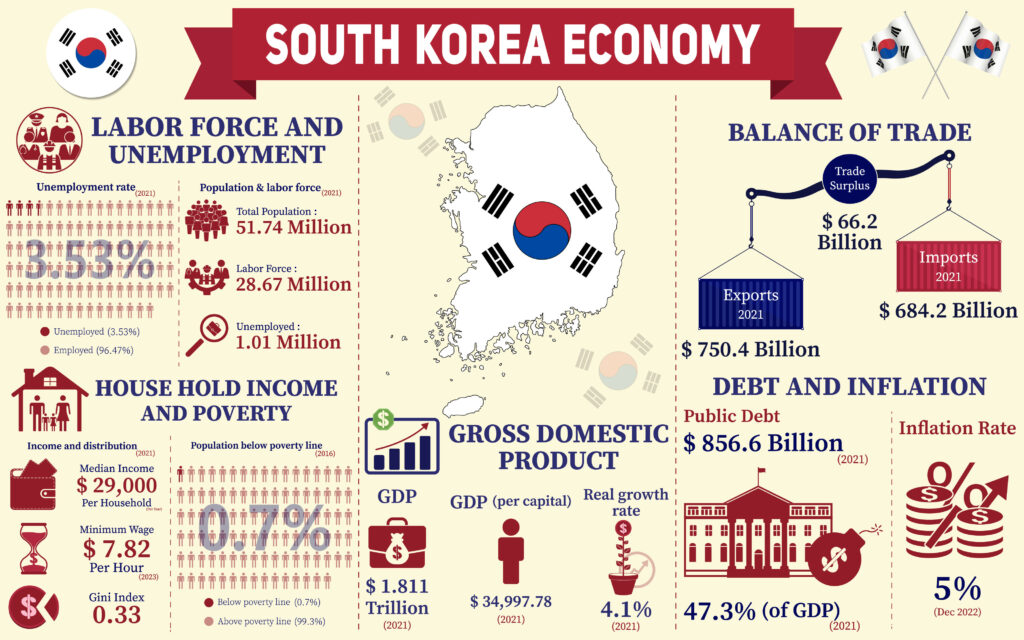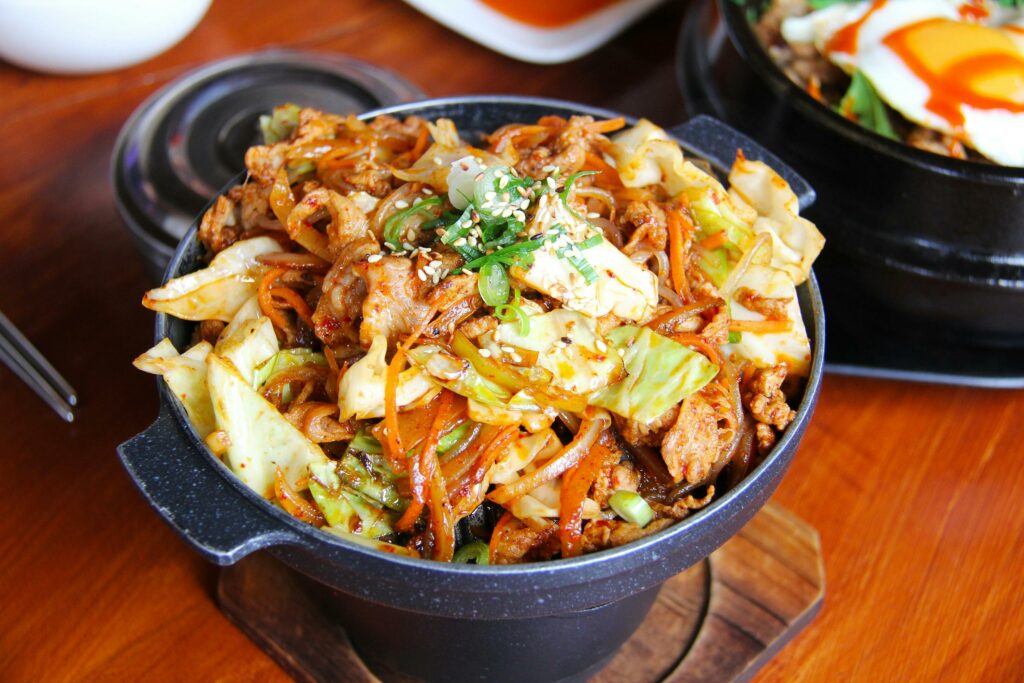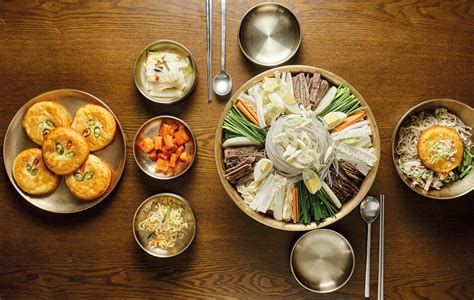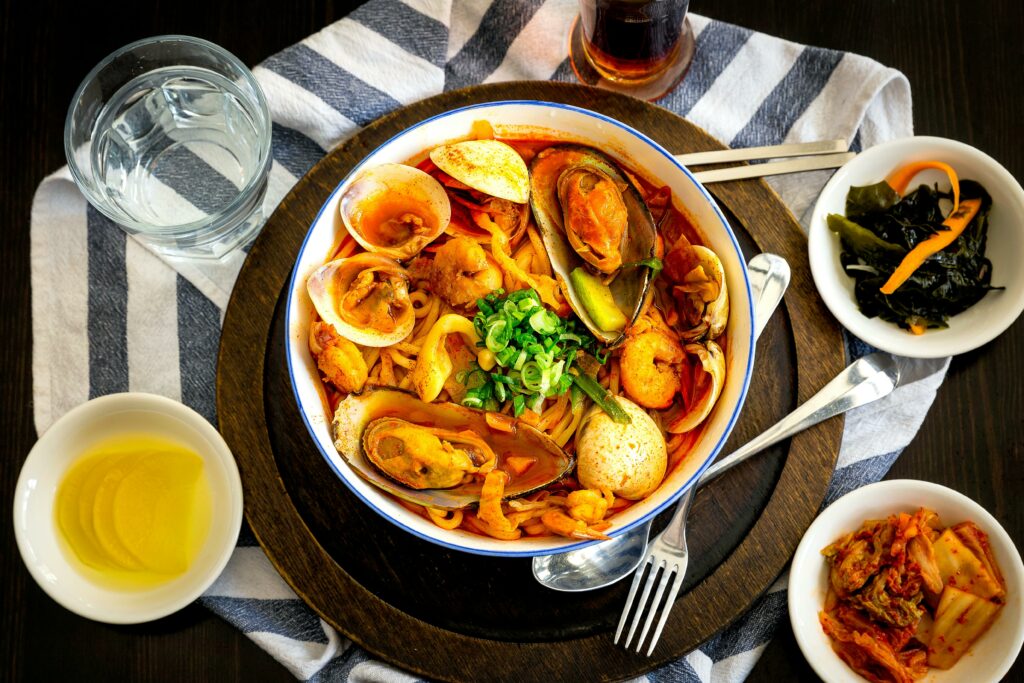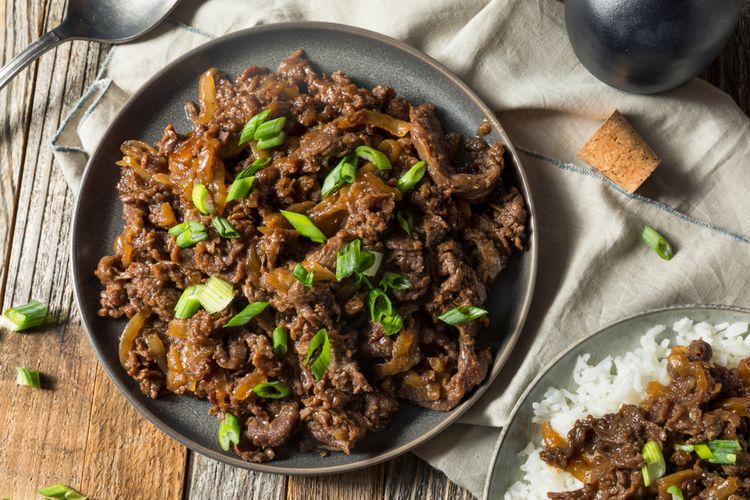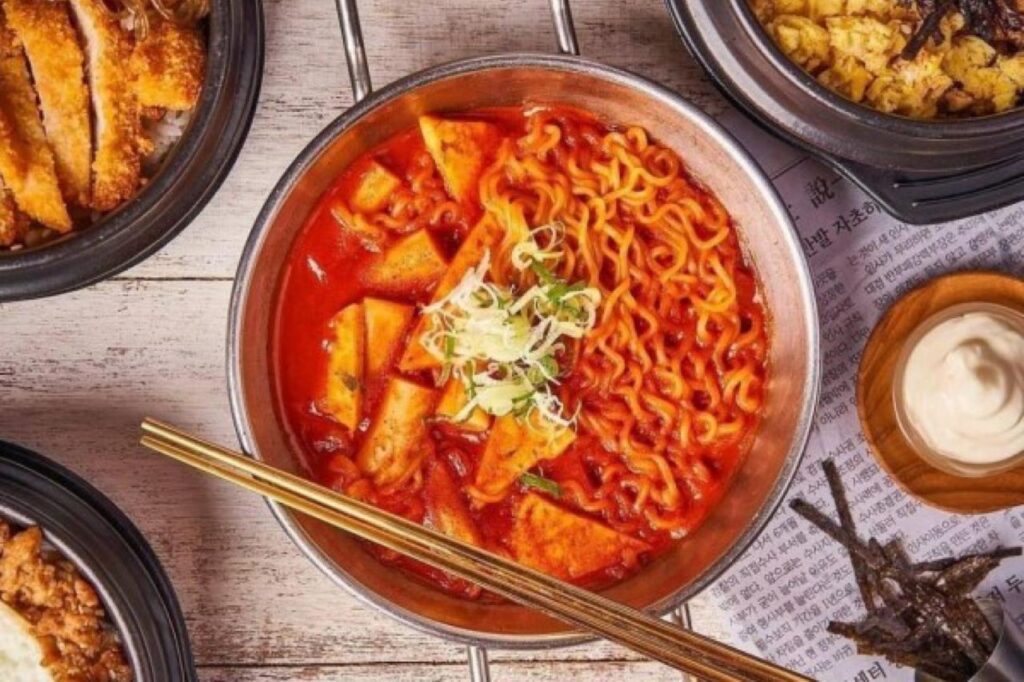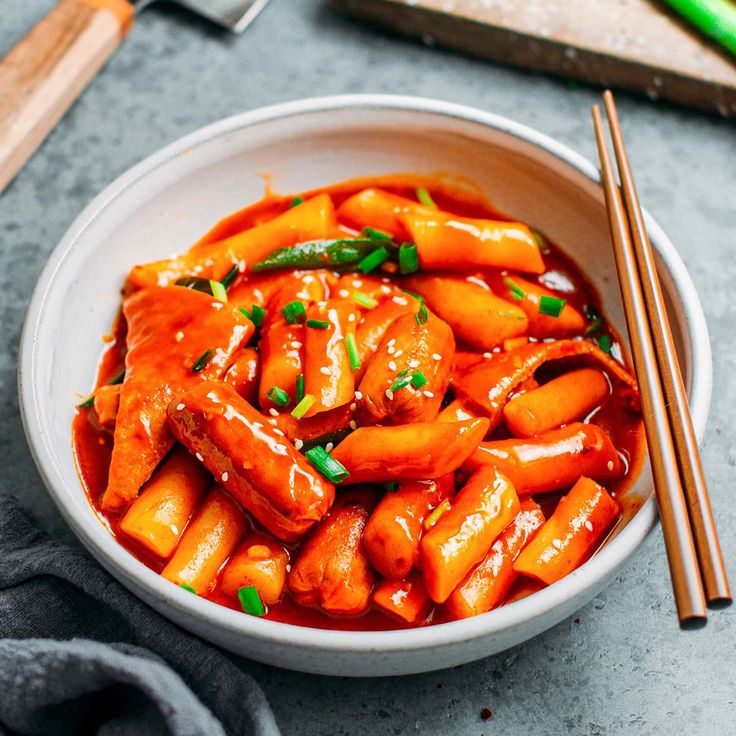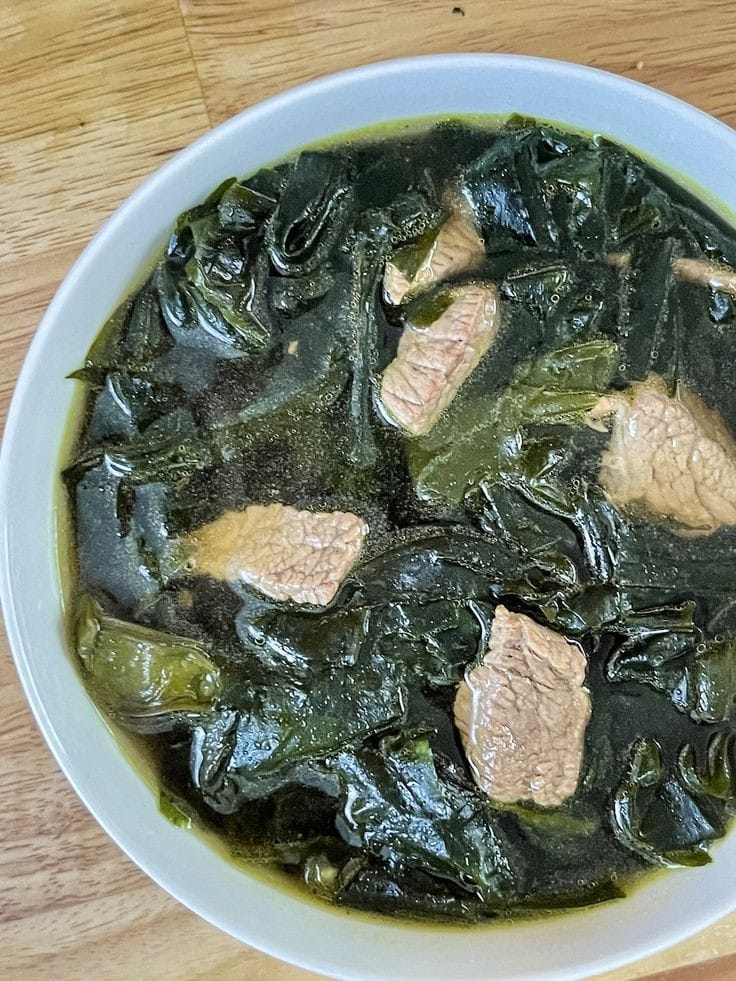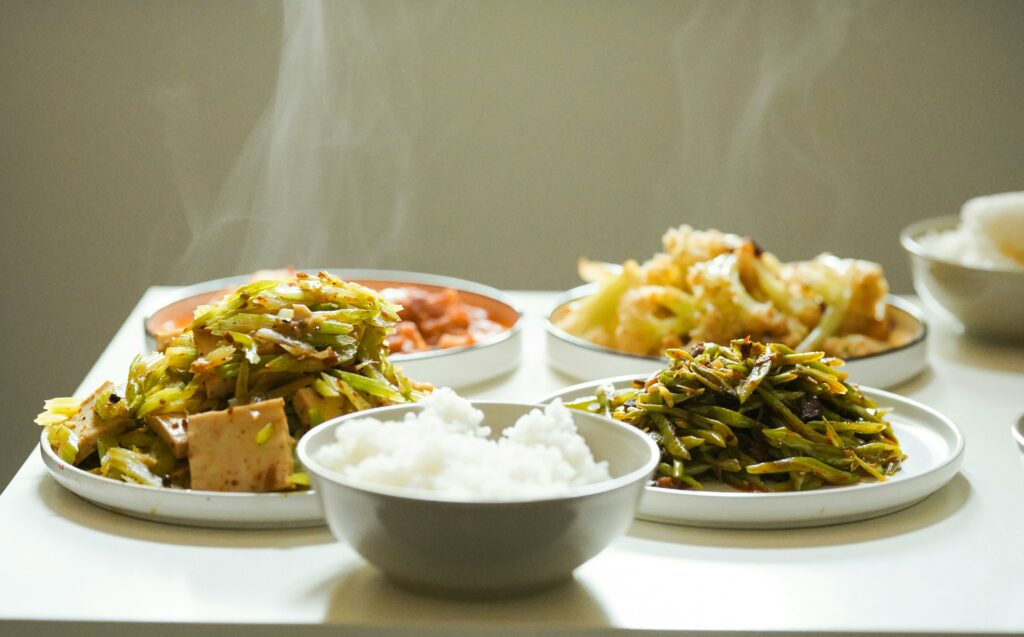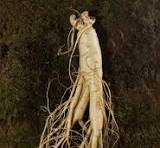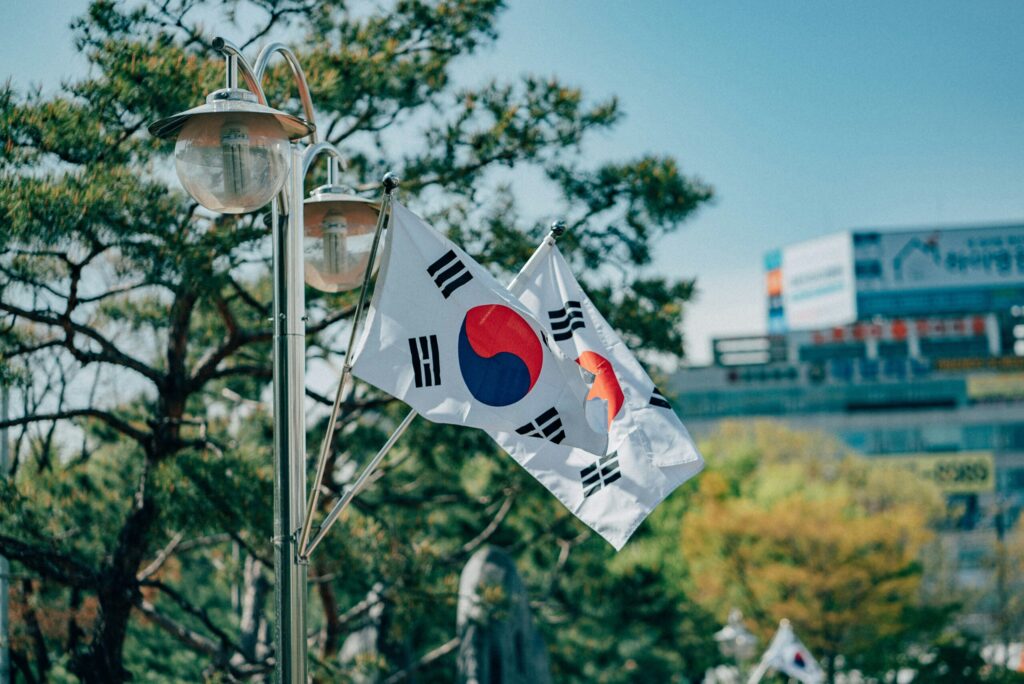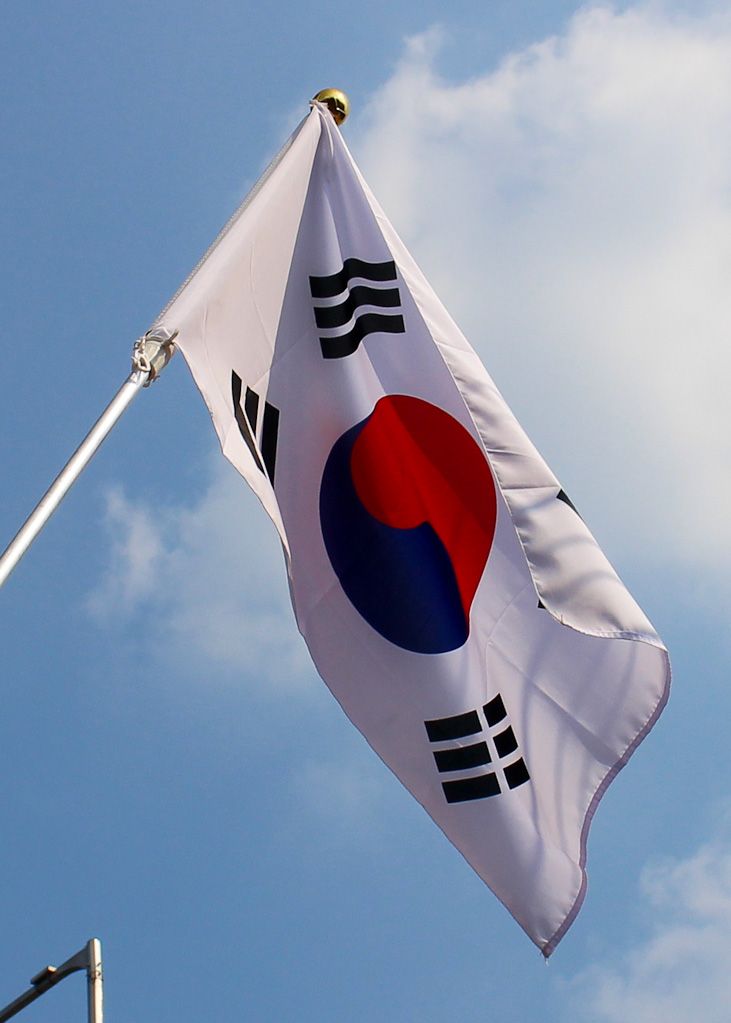KIMCHI: 3 REASONS WHY THIS DISH IS THE CULINARY HEART OF SOUTH KOREA
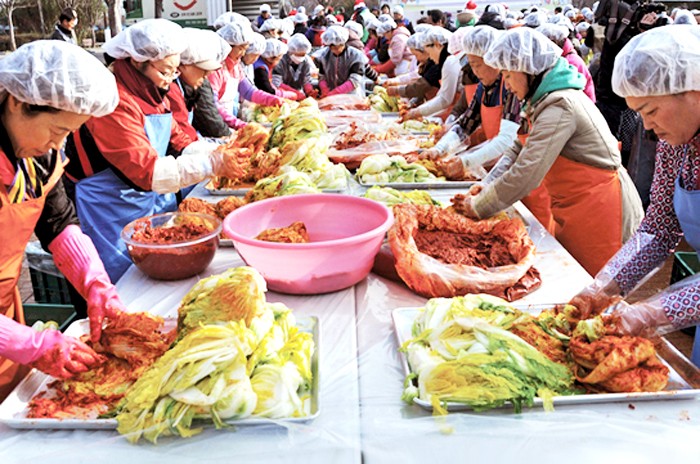
With its distinctive spicy and sour flavor image, kimchi has become more than just a complementary dish to the South Korean dining table. As a fermented dish that has become an icon of its home country, kimchi reflects South Korean national culture, history, and identity. Over the centuries, this dish has passed through various eras and played an important role in becoming an integral part of the daily life of Koreans. The popularity of kimchi makes it in this contemporary era not only known by the local community-, but also touches the heart of the international culinary world with its distinctive flavor image. This article will discuss 3 reasons why kimchi is the heart of taste for South Korean cuisine.
- History and Tradition of Kimchi (Kimjang)
Korea is a country that focuses on agriculture to support their families, which is what shapes the Korean diet dominated by plant-based foods. One of them is kimchi, kimchi has been born in Korea since the time of the Three Kingdoms Dynasty (Goguryeo, Baekje, Silla) which lasted from the 4th to 7th centuries AD. Historically, the idea of making kimchi was born from the attention of Koreans who wanted to eat vegetables safely and deliciously-, also stored the food and preserved it so that it lasts, and the cause of many deaths due to starvation in winter can be avoided. They first prepare yangnyeom (seasoning) by mixing garlic, red chili powder (gochugaru), ginger, and green onions before soaking the vegetables in this mixture. The ancient Korean people who discovered that fermented foods developed a unique and even more delicious taste made them continue to practice this vegetable preservation technique for many years, and it was developed in later times.
In serving kimchi, there is a traditional culture that is a special annual event dedicated to the making of kimchi called kimjang. Kimjang is a unique traditional practice that involves many participants from the level of small families-, to the level of large communities to prepare large quantities of kimchi for consumption throughout the winter. Known as Korea’s winter kimchi party, kimjang is also one of the third biggest celebrations in South Korea after Chuseok (Korean Thanksgiving) and Seollal (Chinese New Year). The celebration also provides a unique social experience, as the tradition is also a means to share and promote solidarity. Kimjang is a beautiful moment of sharing where people meet, talk, and work together in cooking.
- Diverse Variations of Kimchi
When you think about the taste and cuisine of Korea, one of the things that comes to mind is kimchi. But kimchi is more than a fermented red cabbage dish, this side dish has many variations that have different flavors and textures.
- Baechu Kimchi
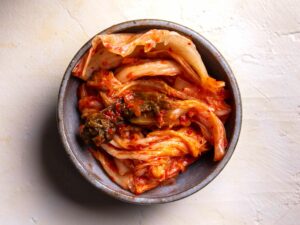 Source: Google
Source: Google
Baechu is one of the most popular types of kimchi, made from Napa cabbage with a fairly time-consuming manufacturing process. To make this kimchi, Napa cabbage needs to be cut into four parts and soaked for a long time in a salt solution, after which the vegetables are mixed with gochujaru, glutinous rice flour, sugar, fish sauce, and saeujeot (salted shrimp). After that, the daikon radish, leeks, carrots, and Asian pears are carefully placed between each layer of cabbage leaves. The kimchi is then stored in jars and allowed to ferment for 2-3 weeks to give baechu kimchi the right sour flavor- while keeping the cabbage chips intact. Because of the long process, this kimchi is often prepared in kimjang events.
- Oi Sobagi
 Source: Google
Source: Google
Oi Sobagi is a Korean cucumber or Kirby cucumber that is fermented by soaking in a salt solution, and then making four incisions to make a bag in the cucumber. After soaking, the cucumber is added to a mixture of fish sauce, saeujot, gochujaru, and Korean chives. This kimchi is commonly eaten in summer, and oi sobagi is one type of kimchi that is not good if it is fermented for too long.
- Bossam Kimchi
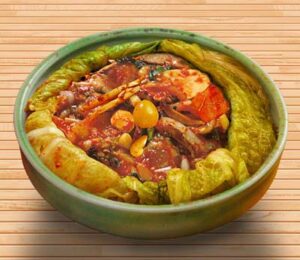 Source: Google
Source: Google
Originating from Gaesong, Gyeonggi-do province of Korea, where ingredients such as pine nuts, dates, seafood, and pears are commonly used; and made bossam kimchi also known as a delicacy made with luxurious ingredients. This kimchi is traditionally made with Gaeseong cabbage leaves dissolved in a salt solution and filled with a mixture of various seafood such as small octopus and oysters, beans, green onions, mushrooms, ginseng, fruits, watercress, and other aromatic ingredients. After that, it is mixed with kimchi seasoning like the other ones. To wrap it, the filling mixture is filled onto top of the cabbage leaves which are then wrapped into large packages. It is usually served for special occasions and holidays.
- Health Benefits
In addition to being a delicious dish, kimchi also presents a lot of health benefits for its consumers. As a fermented vegetable, kimchi is a nutrient-rich dish, that contains probiotics, can help support the immune system, as well as reduce inflammation. The fermentation process provides additional nutrients that are easily absorbed by the body, kimchi is also low in calories but rich in iron, folate, and vitamins B6 and K. Kimchi can also improve heart health, help weight loss, and even slow down the aging process. However, the risk of food poisoning can also occur due to certain pathogenic bacteria.


 Indonesia
Indonesia 